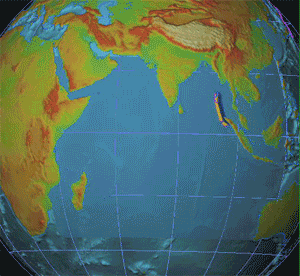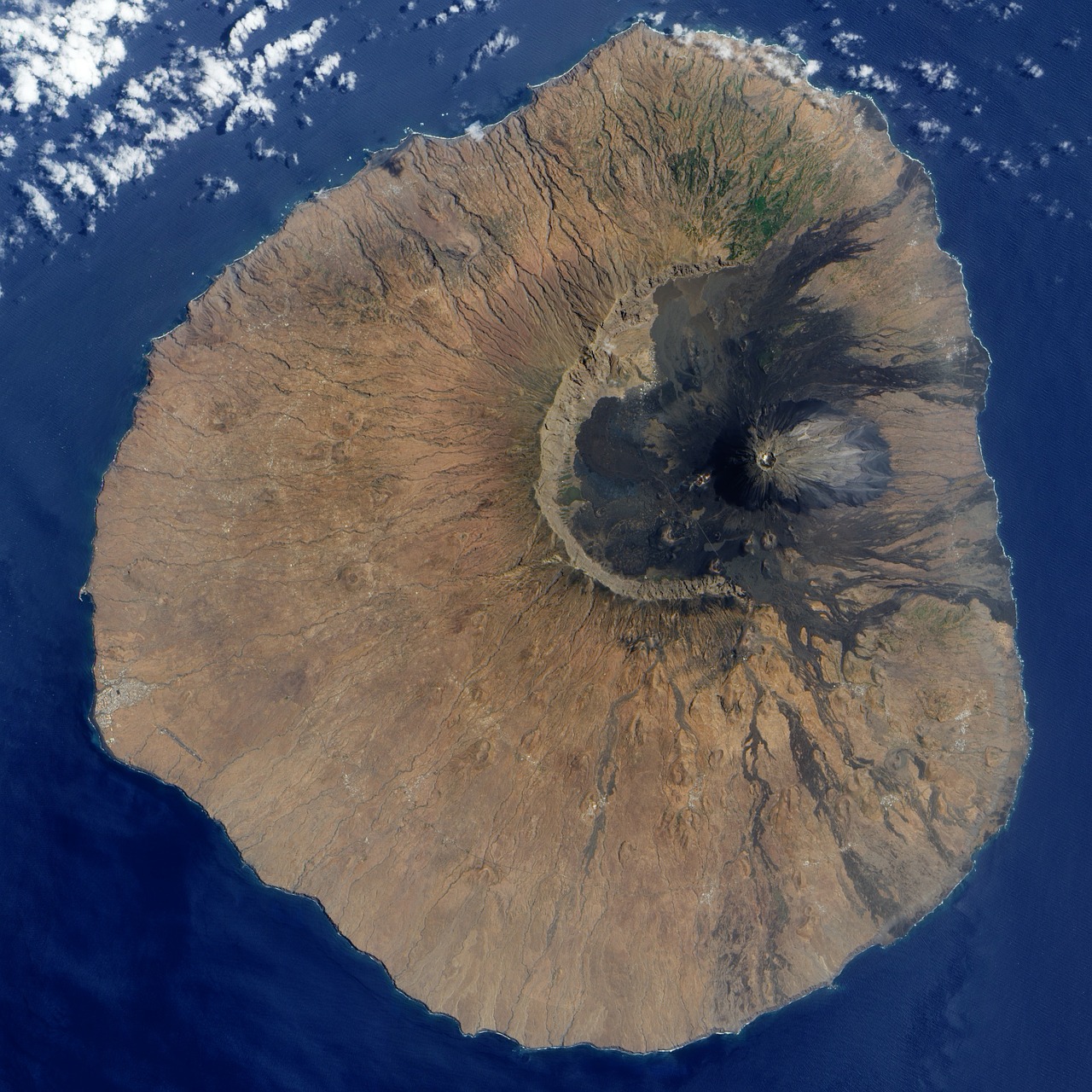Oceanic volcanoes pose a major tsunami threat to coastal communities, according to a new study published in Science Advances.
The study found historical evidence of an 800-foot wave generated from the collapse of the volcano in the Cape Verde Islands, 350 miles off the coast of Western Africa, approximately 73,000 years ago.
A volcanic eruption caused a large area of land from the island of Fogo to collapse into the ocean. This displacement of water created a megatsunami that rapidly traveled outward in all directions.
First to get hit was Fogo’s unlucky neighbor, Santiago, a mere 30 miles to the east.
The Washington Post reports that the tsunami waves were so powerful, they were able to launch large boulders from the bottom of the cliffs to the top of a 600 foot plateau on Santiago. Scientists used the boulders, which are still there today, to calculate the size of the waves and found that they must have been 800 to 900 feet in height in order to move the enormous rocks.
Gizmodo added that the massive boulders, as well as rock types generally specific to aquatic conditions, were identified nearly 650 feet above sea level and 2,000 feet — almost a half a mile — inland.
Researchers were able to date the megatsunami event by analyzing helium-3 isotopes found on the boulders.
Today, Fogo is still one of the world’s most active island volcanoes. It recently awoke from a 20-year slumber in 2014.
Scientists say that megatsunamis have been triggered in other locations on Earth, such as the Hawaiian Islands, and a repeat of history may be inevitable.
Think you’re safe on the other side of the ocean? Think again — scientists warn that tsunami waves are capable of traveling across long distances and only gradually lose size along the way.
A good example of this occurred in 2004, when a 9.1 magnitude earthquake located in the Indian Ocean triggered a tsunami that slammed numerous countries from Indonesia to South Africa. The United States Geological Survey recorded nearly 228,000 fatalities from this event.

Graphical Model Depicting The Tsunami Waves Triggered From The 2004 Magnitude 9.1 Earthquake In Indonesia. (Courtesy Of NOAA)
One of the most recent devastating tsunamis occurred in 2011 when a magnitude 9.0 earthquake struck in the Pacific Ocean near Japan. The tremor triggered a 128 foot tsunami that was broadcast live as it devastated Japan’s eastern coast, and ultimately led to the partial meltdown at Fukushima Daiichi nuclear power plant.
Japan confirmed 15,890 deaths as a result of the waves, and 2,600 people — likely swept out to sea — are still missing. Coastal communities were ravaged by the waters, some heavily damaged while others were completely wiped off the map. The damage to the nuclear power plant was particularly significant as a good chunk of land surrounding the reactor was evacuated due to nuclear radiation contamination — which is an ongoing problem in the area even today.
As catastrophic as these earthquake generated tsunamis were, they could pale in comparison to what might happen if an eruption from an oceanic volcano spawned a tsunami.
























